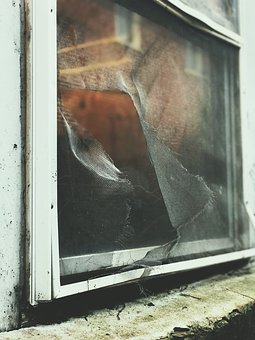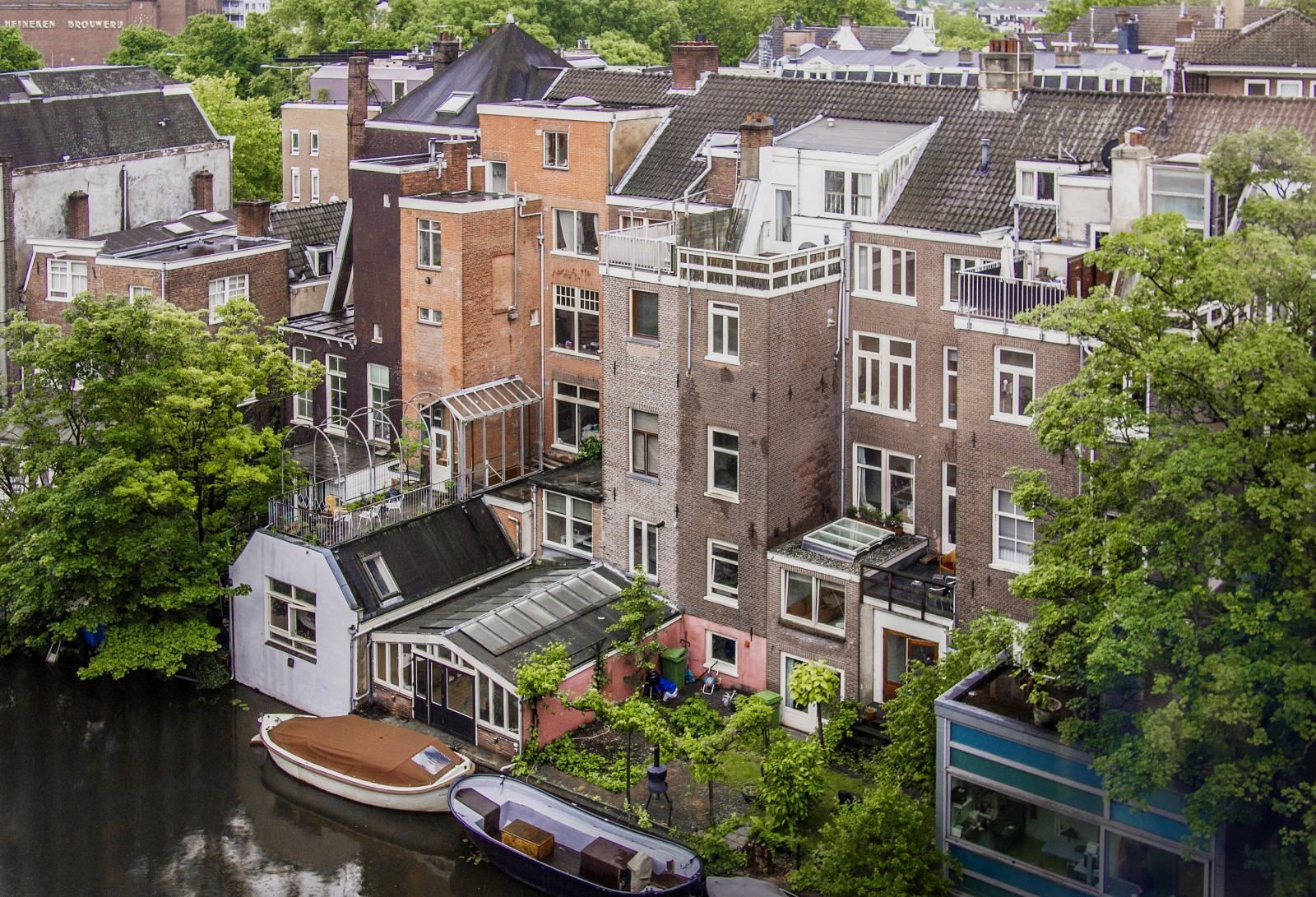Misconception and unrealistic expectations plague the property management industry. Both tenants and owners have ideas about who should pay for required maintenance and what maintenance is required. Property managers walk a tight-rope everyday, balancing an owner’s expectations for income and service with Fair Housing standards and state laws protecting tenants’ rights.
Most questions arise when a property turns over and one tenant leaves and a new one moves in. At Prestige Property Management, we take a very thorough Move Out Survey. We take hundreds of pictures to document the condition of the property. We use those pictures to order the maintenance required to maintain the property and prepare for the next renter. It is at this time that we have to be cautious and deliberate in choosing what items will be addressed and to whom those items will be billed.
Tenants are looking to regain their full security deposit. Owners are looking to use the security deposit to pay for maintenance. We are looking to stay in business and continue to serve the community. To do that, we have to serve the best interest of the property owner and protect the tenants’ rights, so it is up to us to determine the difference between wear and tear and damage.
WEAR AND TEAR
Normal wear and tear is the deterioration and depreciation that occurs with and from normal use. Negligence, accident, or abuse of property is not included as part of wear and tear.
Examples of wear and tear include:
- Knicks and scratches in door frames, window sills, and stair railings
- Frayed blind cords
- Lightly scuffed hardwood floors
- Mild traffic markings and indentations from furniture on carpet
- Dirty window screens
- Loose caulking
- A few nail and tack holes
Deterioration of this nature is considered normal and cannot be billed to tenant to restore or fix it. Maintenance ordered to address these issues will be billed to the property owner.
DAMAGE
If the deterioration is beyond what is considered normal, or due to any accident or abuse of the tenant, then maintenance can be charged to the tenant and money taken from the security deposit to pay for the repair.
Examples of damage include:
- Pet stains
- Cigarette burns in or on any surface
- Large holes or stains on the walls
- Broken blinds, window panes, or window screens
- Oil or paint on driveway or garage floors
Deterioration of this magnitude is beyond what is considered normal. With proper documentation, a landlord and make a claim on money from the security deposit to pay for the repairs.
LIFESPAN
Wear and tear is normal and expected result of living that will require items to be repaired or replaced periodically. When it comes to claiming damage and arranging a settlement, the life expectancy of the item in question will be taken into account. For example, the life expectancy of carpet is generally considered to be 7-10 years. If you have a tenant move into a property with a five year old carpet and damage it to the extent that it must be replaced, you are only able to charge them for the pro-rated replacement cost. If there were five years left of the carpet (half the lifespan), you will only be able to charge them for half of the cost for the replacement.
This information is often unwelcome when you’ve had a tenant destroy items and generate unexpected expenses. Your frustration is understandable. However, the tenant in question should not be held responsible for the depreciation of the item caused by previous tenants, and the courts are aware of this. Knowing the lifespan of items in your property can save frustration with your property management company’s efforts or your expectations if you are required to go to court to settle the case.
APPEARANCE
Normal wear and tear is expected and is not considered damage for which a tenant must pay. However, over time, the appearance of a property will also deteriorate after many years and tenants. One of the most common and noticeable of these items is door frames and baseboards. With repeated move in and move outs, the knicks, scratches, and scuffs accumulate. The item may appear damaged, but is not.
The only way to prevent a deterioration in appearance is to make repairs after every move-out. The expense to continually address cosmetic issues is considerable and will decrease your return on investment. In order to preserve your income, your property manager should be evaluating the condition of each move out to determine when deterioration from normal wear and tear becomes an issue that might hinder the income potential of your property. If you have a property manager that you trust, it is wise to listen to their request for updates, knowing they have considered both the expense and the market when making the recommendation. The appearance of your rental property is important when you are looking to get premium rental amounts. Properties in better condition with updated colors and finishes will rent for higher amounts.
If you are looking for a property management company you can trust, call us. Let us WOW you with our caring attitude and personal touch on property management.





